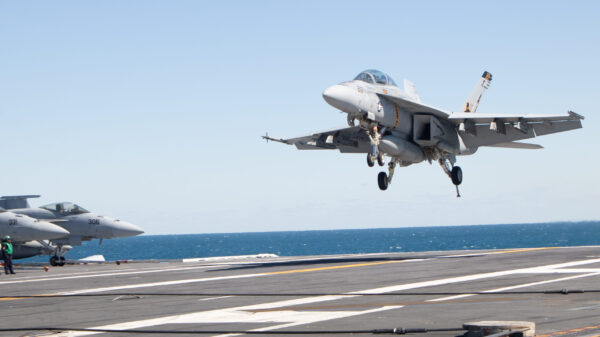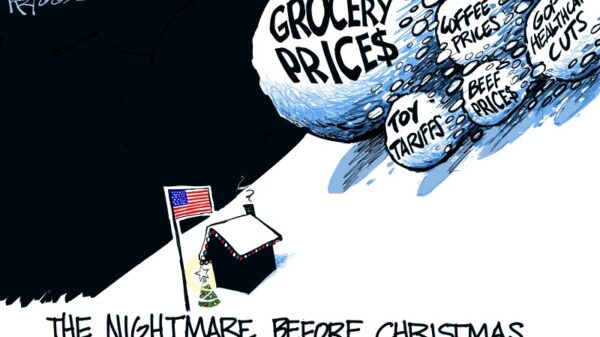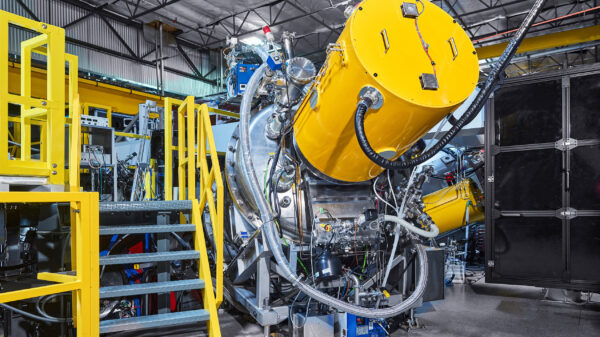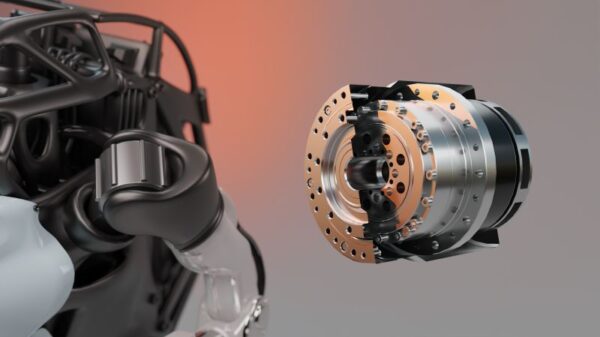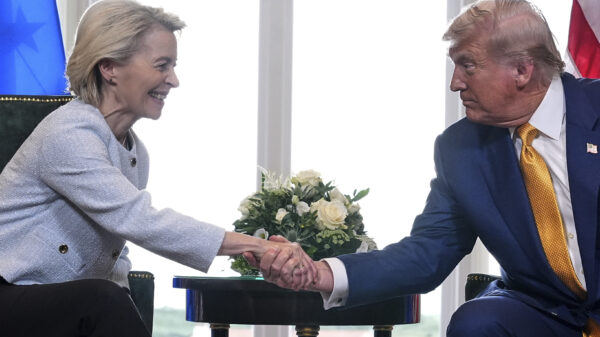UPDATE: NATO Secretary-General Mark Rutte announced a significant shift in the alliance’s ammunition production capabilities, stating that NATO is now “turning the tide” against Russia’s long-standing advantage. Speaking at a defense industry forum in Bucharest, Romania, Rutte confirmed that NATO is producing more ammunition “than we have done in decades.”
This declaration marks a pivotal moment for NATO, which has struggled with ammunition shortages while Russia reportedly produced approximately 3.8 million artillery shells in just the last year. Rutte emphasized the urgency of this development, stating, “Until recently, Russia was producing more ammunition than all NATO allies put together. But not anymore.”
NATO’s shift towards increased ammunition manufacturing comes after years of warnings about the alliance lagging behind. Just five months ago, Rutte highlighted that Russia was making four times as much ammunition as NATO, despite the alliance’s economy being 25 times larger than that of Russia. This newfound optimism signals a potential turning point in the ongoing conflict, particularly as European nations ramp up production to support Ukraine in its fight against Russian aggression.
Rutte’s comments were complemented by plans for new production lines, with dozens of factories being opened and existing ones expanded across the alliance. Key concerns remain about the availability of specific munitions, particularly the 155mm artillery shells, which are critical to NATO’s support for Ukraine. Countries like Poland, Germany, and the UK are heavily investing in local production to boost inventories amid the protracted war.
While NATO is optimistic, challenges remain. Industry experts caution that scaling up production can take months or even years. For instance, the US military aimed to produce 100,000 shells a month by October but has now postponed this goal to mid-2026.
Compounding these issues are the supply chains for essential materials. The production of 155mm shells relies heavily on components such as steel, fuzes, and propellant. Notably, the propellant, primarily made from the compound nitrocellulose, has faced significant supply constraints. Additionally, many countries are working to establish domestic production of explosives like TNT to reduce dependence on foreign markets.
As NATO accelerates its ammunition production, the alliance is poised at a critical juncture in its efforts to balance power dynamics with Russia. The next few months will be crucial as NATO seeks to meet both its military needs and support allies in Ukraine.
Stay tuned as this story develops and NATO works to solidify its position in the ongoing conflict.









